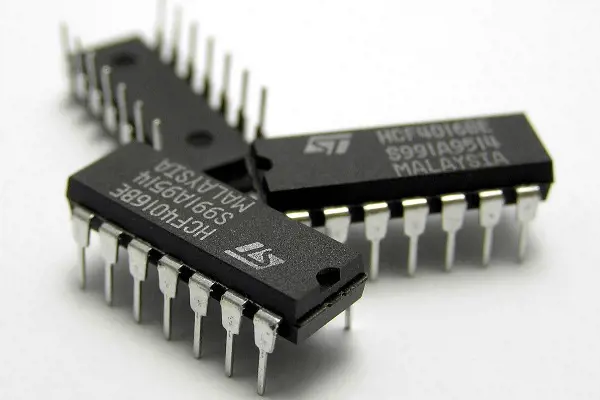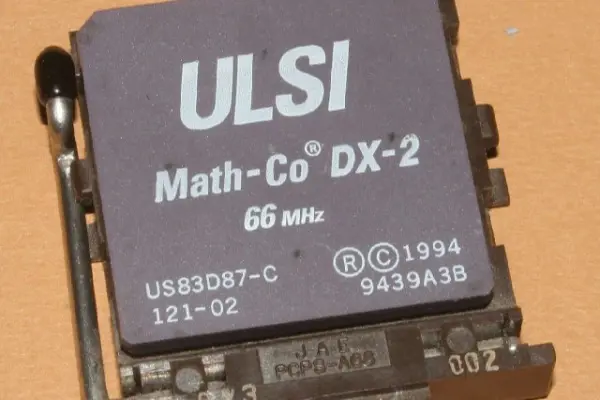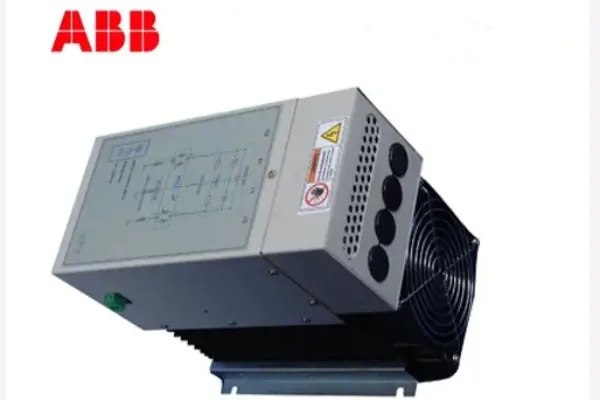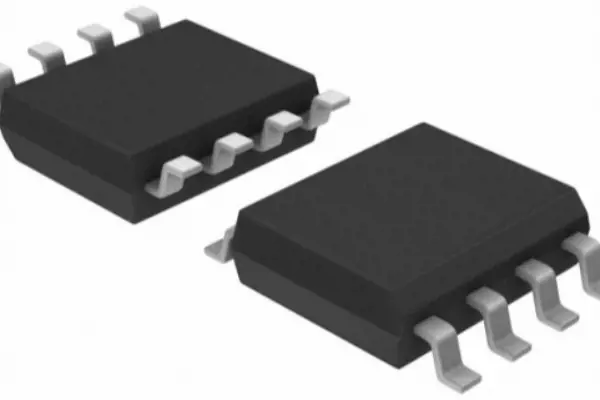Linear and Digital Integrated Circuits: Basics, Application and Difference
 Published: Jun 19, 2023
Published: Jun 19, 2023
Contents
Integrated circuits (ICs) form the backbone of modern electronics, providing the foundation for countless electronic devices and systems. Within the realm of ICs, two broad categories stand out: linear integrated circuits and digital integrated circuits. Understanding the basics, applications, and differences between these two types is crucial for anyone involved in electronics design and development.
In this article, we will explore the world of linear and digital integrated circuits, delving into their fundamental principles, applications, and the key distinctions that set them apart. Whether you are an electronics enthusiast, a student, or a professional engineer, gaining insights into linear and digital integrated circuits will enable you to make informed decisions when selecting the appropriate ICs for your projects and ensure optimal performance and functionality.
What is Linear Integrated Circuit
A linear integrated circuit, commonly referred to as an "IC" or "linear IC," is a type of electronic device that combines multiple electronic components and circuit elements on a single semiconductor chip. It is designed to perform linear analog signal processing functions, such as amplification, filtering, modulation, and demodulation.
Linear ICs are typically categorized into two main types:
- Operational Amplifiers (Op-Amps): These are widely used linear integrated circuits that amplify the difference between two input voltages. They have high gain, high input impedance, and low output impedance. Op-amps are used in various applications, including audio amplification, signal conditioning, active filters, and instrumentation.
- Analog Multipliers: Analog multipliers are linear ICs that multiply two analog signals together. They are used in applications such as modulation, demodulation, and frequency mixing.
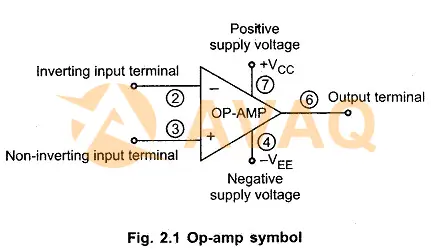
Other types of linear integrated circuits include voltage regulators, analog-to-digital converters (ADCs), digital-to-analog converters (DACs), phase-locked loops (PLLs), and more. Each type of linear IC has its specific function and application.
Example ICs of linear integrated circuit
LM741: Operational Amplifier (Op-Amp)
LM7805: Voltage Regulator (5V)
MCP3008: Analog-to-Digital Converter (ADC)
MCP4921: Digital-to-Analog Converter (DAC)
LM311: Comparator
LM386: Audio Amplifier
NE555: Timer IC (555 Timer)
INA128: Instrumentation Amplifier
LM336: Voltage Reference
INA219: Current Sense Amplifier (Search more chips at AVAQ store>>)
What is Digital Integrated Circuit
A digital integrated circuit (IC) is an electronic device that combines multiple digital logic gates and circuit elements on a single semiconductor chip. It's the main one of the different types of integrated circuits. It is designed to process and manipulate digital signals, which are discrete and binary in nature, typically represented as "0" or "1".
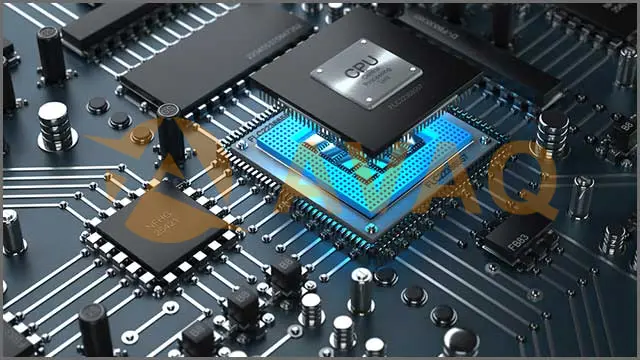
Digital integrated circuits (ICs) can be primarily classified into the following categories:
- Combinational Logic ICs: These ICs consist of interconnected logic gates and perform functions based solely on the current input values. Examples include adders, multiplexers, demultiplexers, encoders, and decoders.
- Sequential Logic ICs: Sequential logic ICs incorporate memory elements and store information based on both the current input values and the stored previous states. Flip-flops, registers, counters, shift registers, and memory units such as RAM and ROM are examples of sequential logic ICs.
- Microprocessors and Microcontrollers: These are highly complex digital ICs that contain a central processing unit (CPU), memory, input/output interfaces, and other functional units. Microprocessors are general-purpose devices capable of executing a wide range of instructions, while microcontrollers are typically used for specific applications and have integrated peripherals such as timers, UARTs, and ADCs.
- Programmable Logic Devices (PLDs): PLDs are digital ICs that can be programmed or configured by the user to implement specific logic functions or circuits. Examples include programmable logic arrays (PLAs), programmable array logic (PAL), complex programmable logic devices (CPLDs), and field-programmable gate arrays (FPGAs).
- Memory ICs: Memory ICs are used for storing and retrieving digital data. They include various types of memory such as random access memory (RAM), read-only memory (ROM), electrically erasable programmable read-only memory (EEPROM), flash memory, and cache memory.
- Communication ICs: These ICs are designed for digital communication systems and include serializers/deserializers (SERDES), network interface controllers (NICs), Ethernet switches, modems, and codecs.
- Interface ICs: Interface ICs facilitate the connection and communication between different components or systems. They include USB controllers, I2C (Inter-Integrated Circuit) interfaces, SPI (Serial Peripheral Interface) controllers, HDMI (High-Definition Multimedia Interface) controllers, and UARTs (Universal Asynchronous Receiver-Transmitters).
- Clock and Timing ICs: These ICs generate and distribute clock signals to synchronize the operation of digital systems. They include crystal oscillators, phase-locked loops (PLLs), clock dividers, timers, and frequency synthesizers.
Example ICs of Digital Integrated Circuit
Microcontrollers (e.g., PIC16F877A, Arduino Uno)
Field-Programmable Gate Arrays (FPGAs)
Memory Chips (e.g., NAND flash, NOR flash, EEPROM)
Logic Gates (e.g., 7400 series, 4000 series, 74LS series)
Flip-Flops (e.g., D flip-flop, JK flip-flop)
Shift Registers (e.g., 74HC595, CD4021)
Multiplexers and Demultiplexers (e.g., 74HC138, 74HC151)
Programmable Logic Devices (PLDs)
Digital Signal Processors (DSPs)
Communication ICs (e.g., Ethernet controllers, UARTs, CAN transceivers)
Application of Linear and Digital Integrated Circuit
Linear and digital integrated circuits (ICs) find applications in various fields and industries. Here are some common applications for both types of ICs:
1. Applications of Linear Integrated Circuits:
Amplification: Linear ICs, such as operational amplifiers (op-amps), are widely used for amplifying analog signals in audio systems, instrumentation, communication equipment, and medical devices.
Signal Conditioning: Linear ICs are employed for signal conditioning tasks like filtering, impedance matching, and level shifting in applications such as sensors, data acquisition systems, and measurement instruments.
Power Management: Linear ICs, including voltage regulators and power amplifiers, are utilized in power management applications, such as voltage regulation, power supply stabilization, and audio amplification.
Analog-to-Digital Conversion: Linear ICs like analog-to-digital converters (ADCs) are used to convert analog signals from sensors, transducers, or other sources into digital data for processing in digital systems.
Voltage References: Linear ICs with stable and accurate voltage references are essential for precision analog circuits, A/D converters, and voltage regulators, providing a reliable reference voltage source.
2. Applications of Digital Integrated Circuits:
Digital Logic and Arithmetic Operations: Digital ICs, such as logic gates and arithmetic circuits, are utilized for performing digital logic operations, arithmetic calculations, and data manipulation in computers, calculators, and digital signal processing systems.
Memory Systems: Digital ICs, including random access memory (RAM), read-only memory (ROM), and flash memory, are used for data storage in computers, mobile devices, embedded systems, and other digital devices.
Microprocessors and Microcontrollers: These digital ICs act as the central processing units (CPUs) in computers, smartphones, and embedded systems. They execute program instructions, perform calculations, manage I/O interfaces, and control the overall system operation.
Programmable Logic Devices (PLDs): Digital ICs like field-programmable gate arrays (FPGAs) and complex programmable logic devices (CPLDs) are programmable to implement custom logic functions, making them suitable for prototyping, digital circuit development, and reconfigurable systems.
Communication Systems: Digital ICs play a crucial role in communication systems, including network switches, routers, modems, digital signal processors (DSPs), and codecs, enabling data transmission, encoding/decoding, and signal processing in telecommunications and networking equipment.
Difference between Linear and Digital Integrated Circuit
The main difference between linear and digital integrated circuits (ICs) lies in the type of signals they process and the nature of their functionality.
| Linear Integrated Circuits | Digital Integrated Circuits | |
|---|---|---|
| Signal Type | Analog | Digital |
| Signal Representation | Continuous | Discrete |
| Operation | Linear, continuous functions | Logic operations, discrete functions |
| Input/Output | Analog signals | Digital signals |
| Main Components | Amplifiers, comparators, filters | Logic gates, flip-flops, registers, microprocessors |
| Typical Applications | Audio systems, instrumentation, power management | Computers, calculators, digital signal processing |
| Amplification | Amplifies analog signals | Does not amplify signals directly |
| Signal Conditioning | Filters, impedance matching, level shifting | No direct analog signal conditioning |
| Memory | Not primarily used for storage | Used for data storage (RAM, ROM, flash memory) |
| Conversion | No direct digital-to-analog or analog-to-digital conversion | ADCs and DACs convert signals |
| Power Consumption | Generally higher | Generally lower |
| Noise Immunity | Less immune to noise and interference | More immune to noise and interference |
| Design Complexity | Typically simpler | Can be more complex |
| Cost | Lower cost compared to digital ICs | Cost can vary depending on complexity |
| Scalability | Limited scalability | Highly scalable |
Conclusion
In conclusion, linear and digital integrated circuits are indispensable components in the world of electronics, each serving specific purposes and offering distinct advantages. Linear integrated circuits excel in applications that require precise analog signal processing, such as amplification, filtering, and regulation. On the other hand, digital integrated circuits are designed to handle digital signals and logic operations, enabling tasks such as computation, memory storage, and control.
By understanding the basics, applications, and differences between linear and digital integrated circuits, you can choose the right ICs for your projects, optimize performance, and achieve desired functionality. Stay updated with the latest advancements, explore datasheets and application notes, and leverage the benefits of both linear and digital integrated circuits to unlock endless possibilities in the realm of electronics.
 FAQ
FAQ
- What is the difference between linear and digital integrated circuits?
- The main difference between linear and digital integrated circuits lies in the type of signals they process. Linear integrated circuits primarily handle continuous analog signals, while digital integrated circuits deal with discrete digital signals.
- What are the key considerations when designing with linear and digital integrated circuits?
- When designing with linear integrated circuits, factors such as signal integrity, noise, bandwidth, and stability need to be carefully considered. On the other hand, digital integrated circuits require attention to timing, logic levels, power supply requirements, and signal integrity in terms of noise immunity and propagation delay.
- Can linear and digital integrated circuits be used together?
- Yes, linear and digital integrated circuits can be used together in many applications. In fact, many electronic systems and devices require a combination of both to function properly. For example, in audio systems, linear integrated circuits such as op-amps are used for amplification, while digital integrated circuits handle tasks such as digital signal processing and control.
LM741H
 Popular Industry Focus
Popular Industry Focus
Hot Products
-
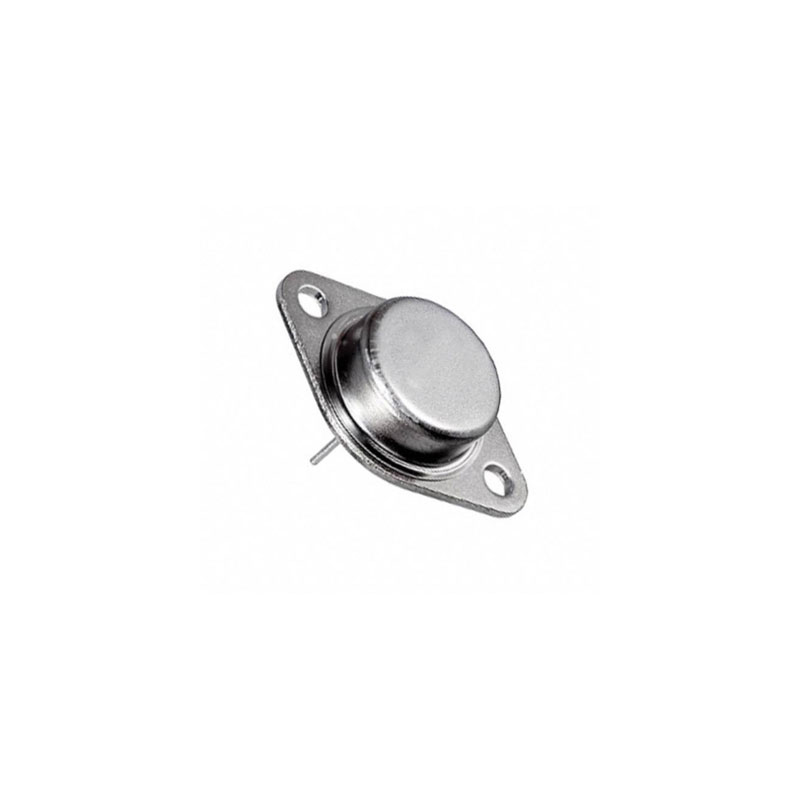
IPAN60R360PFD7SXKSA1
Infineon Technologies Corporation
MOSFET CONSUMER
-
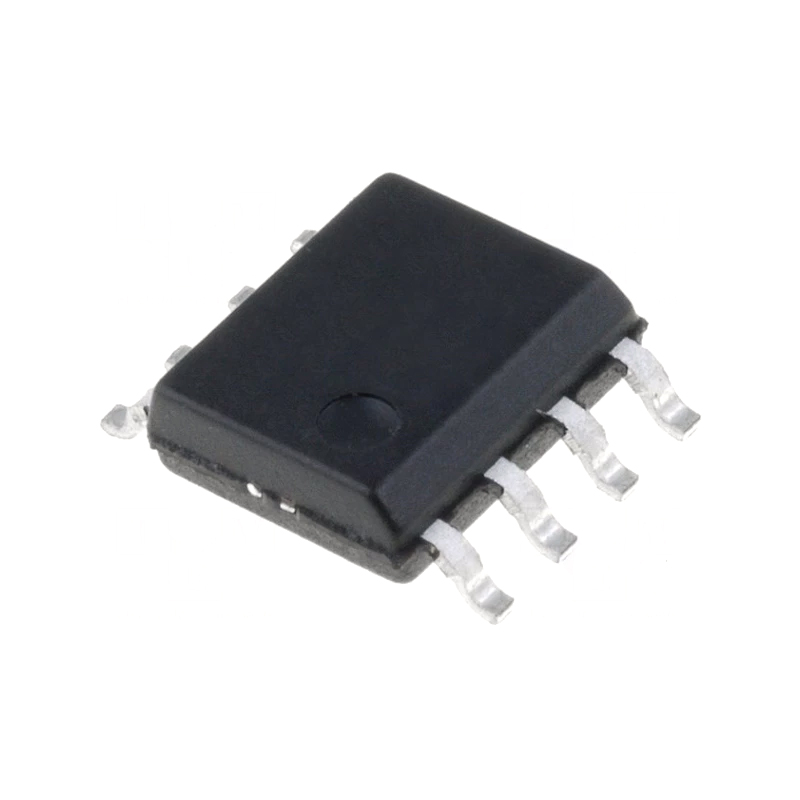
CY23EP05SXC-1T
Infineon Technologies Corporation
Fanout Buffer (Distribution), Zero Delay Buffer IC 133MHz, 167MHz 1 8-SOIC (0.154", 3.90mm Width)
-
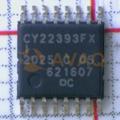
CY22393FXI
Infineon Technologies Corporation
Programmable PLL Clock Generator Triple 16-Pin TSSOP
-
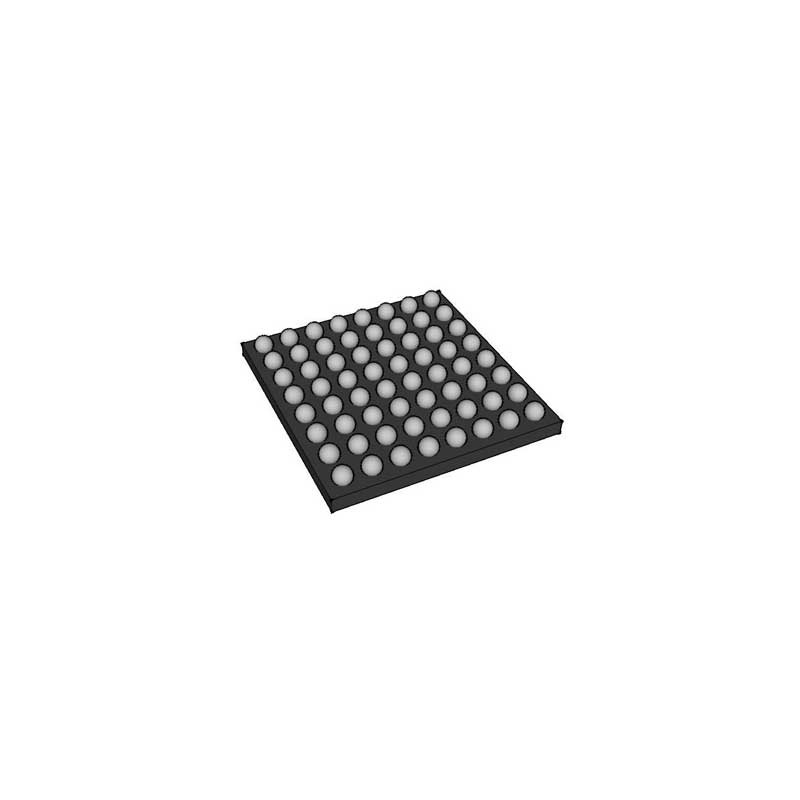
STK12C68-C45I
Infineon Technologies Corporation
NVRAM 8Kbx8 4.5-5.5V AutoStore
-

CY14MB064J1-SXI
Infineon Technologies Corporation
NVRAM 64Kb 3V 3.4Mhz 8K x 8 SPI nvSRAM
-
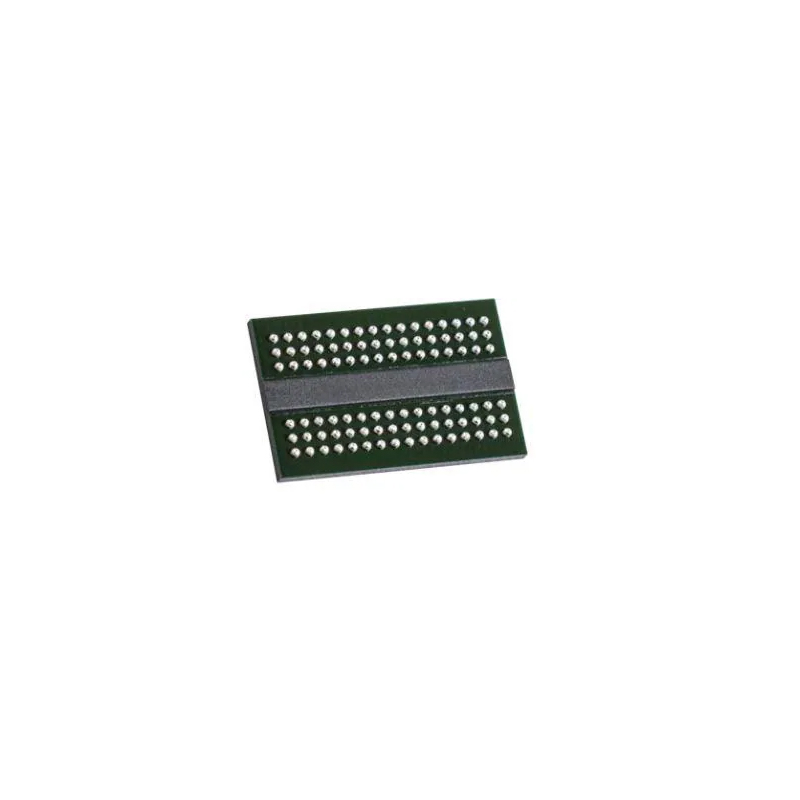
CY15B016J-SXET
Infineon Technologies Corporation
FRAM (Ferroelectric RAM) Memory IC 16Kbit I²C 1 MHz 8-SOIC
Related Parts
-
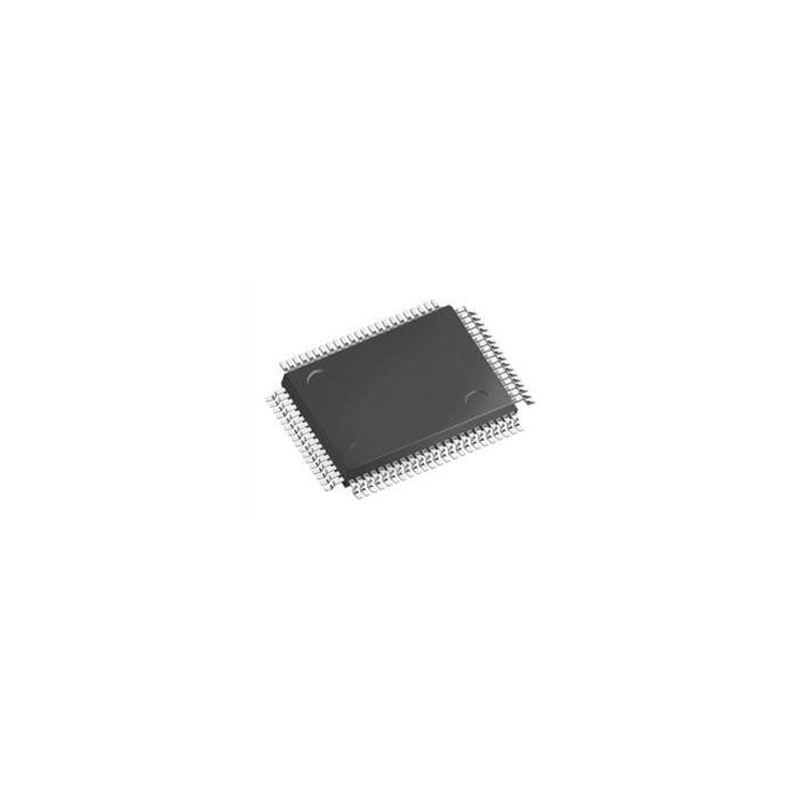
FDC37C675QFP
Microchip Technology, Inc
I/O Controller 0.09A 100-Pin PQFP
-

AD7751AAN
Analog Devices, Inc
Single Phase Meter IC 24-PDIP
-

TC358840XBG
Toshiba Semiconductor
Multimedia Converter HDMI to MIPI CSI-2 1920×1080Pixels/ 2560×1600Pixels/ 3840×2160Pixels 7.2Gbps 80-Pin VFBGA
-
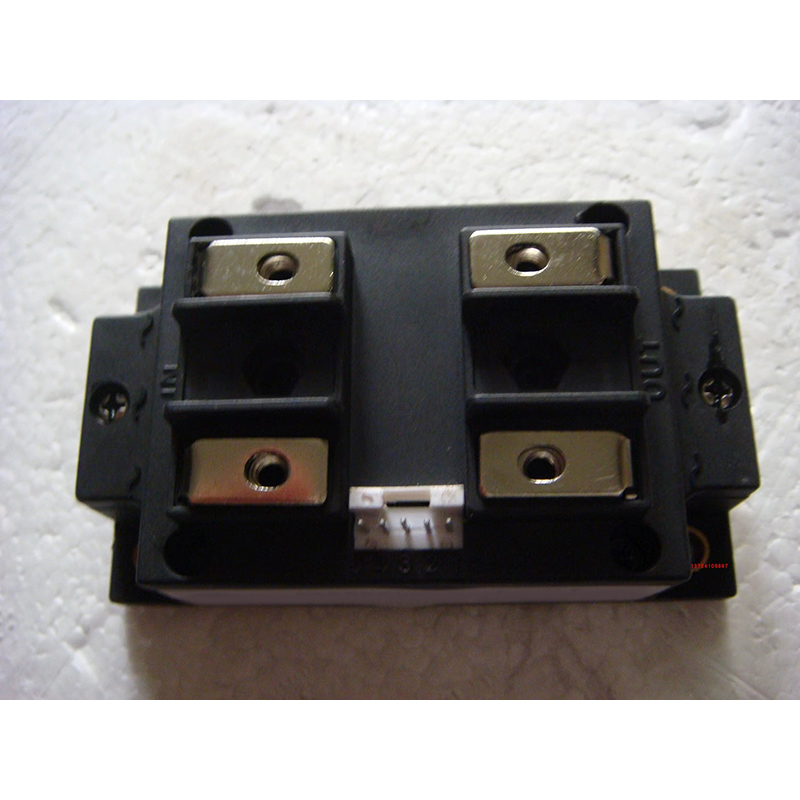
LEA-5T-0-003
U-BLOX AG
GPS Receiver 3.6V 28-Pin SMD
-

LEA-4H-0-000-1
U-BLOX AG
GPS Receiver 3.3V 28-Pin SMD Module T/R
-
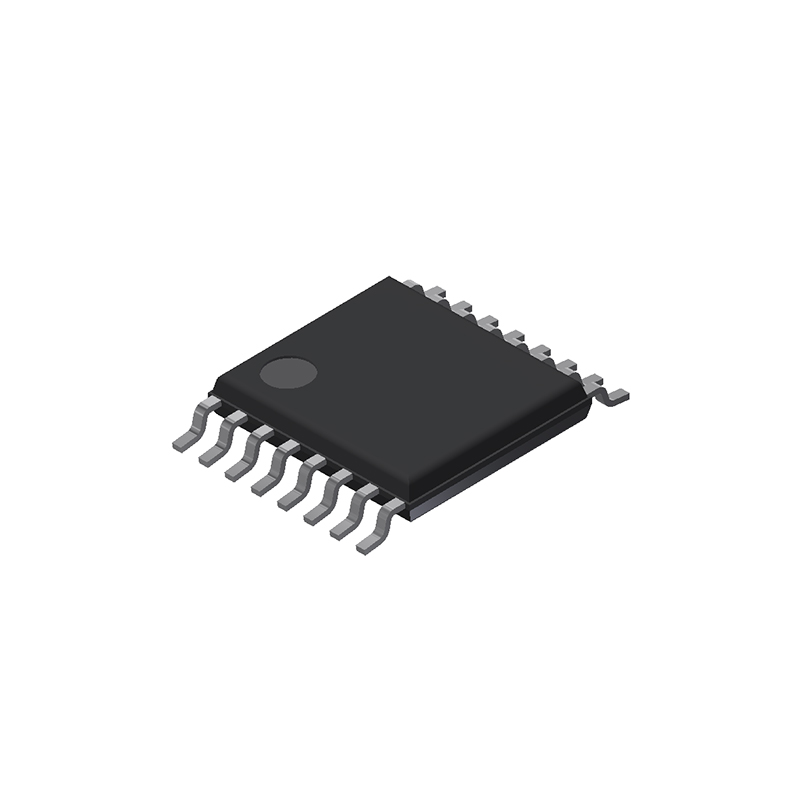
NJU6010
Nisshinbo Micro Devices Inc
Key Scan IC 16-Pin SSOP
-

M42Z35AY-10MH1F
STMicroelectronics, Inc
NVRAM NVSRAM Parallel 256K-Bit 5V 22-Pin SOH T/R
-

VL82C106-FC
NXP Semiconductor
PC/AT Combination I/O Chip
-

AF82US15W SLGFQ
Intel Corp
System Controller Hub 1249-Pin FCBGA
-
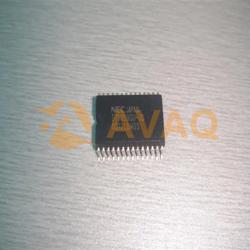
uPD71059GU-10
Renesas Technology Corp
Interrupt Controller 28-Pin SOP
-

W83627SF-AW
Nuvoton Technology Corporation
I/O Controller LPC Controller 128-Pin PQFP
-
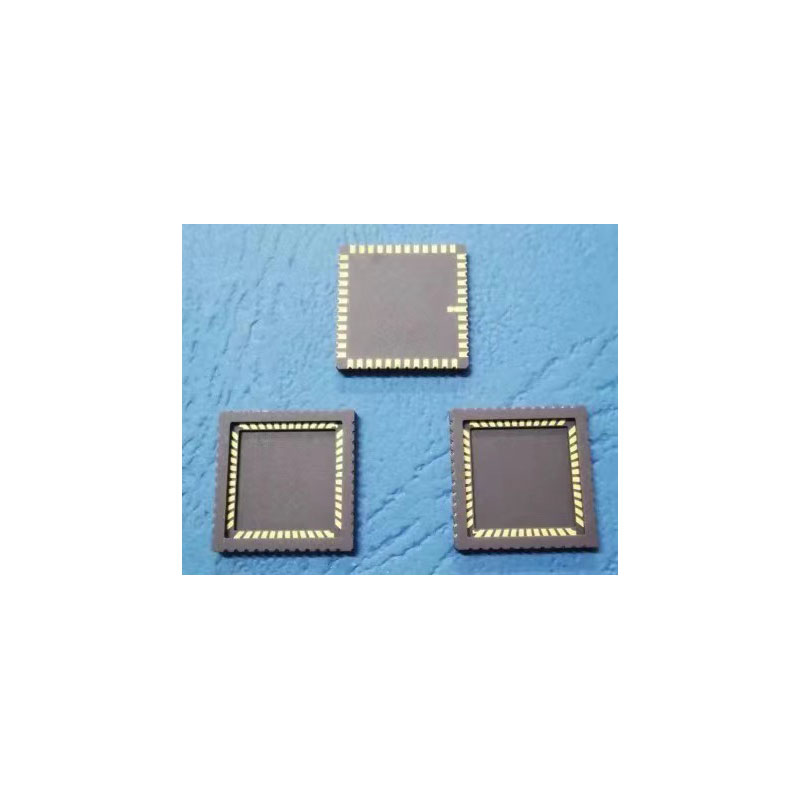
MAX-6G-0-000
U-BLOX AG
GPS Receiver 2V Automotive 18-Pin LLCC T/R
-

SE868AGA218R001
Telit
GPS Receiver 4.3V 32-Pin QFN EP
-

AT83C23OK203-RATIM
WISeKey SA
Smart Card Interface 32-Pin VQFP Tray
-

QG5000X SL9TH
Intel Corp
Chipset Memory Controller Hub 1432-Pin FCBGA

 Update Time: Jun 21, 2023 Consumer Electronics
Update Time: Jun 21, 2023 Consumer Electronics